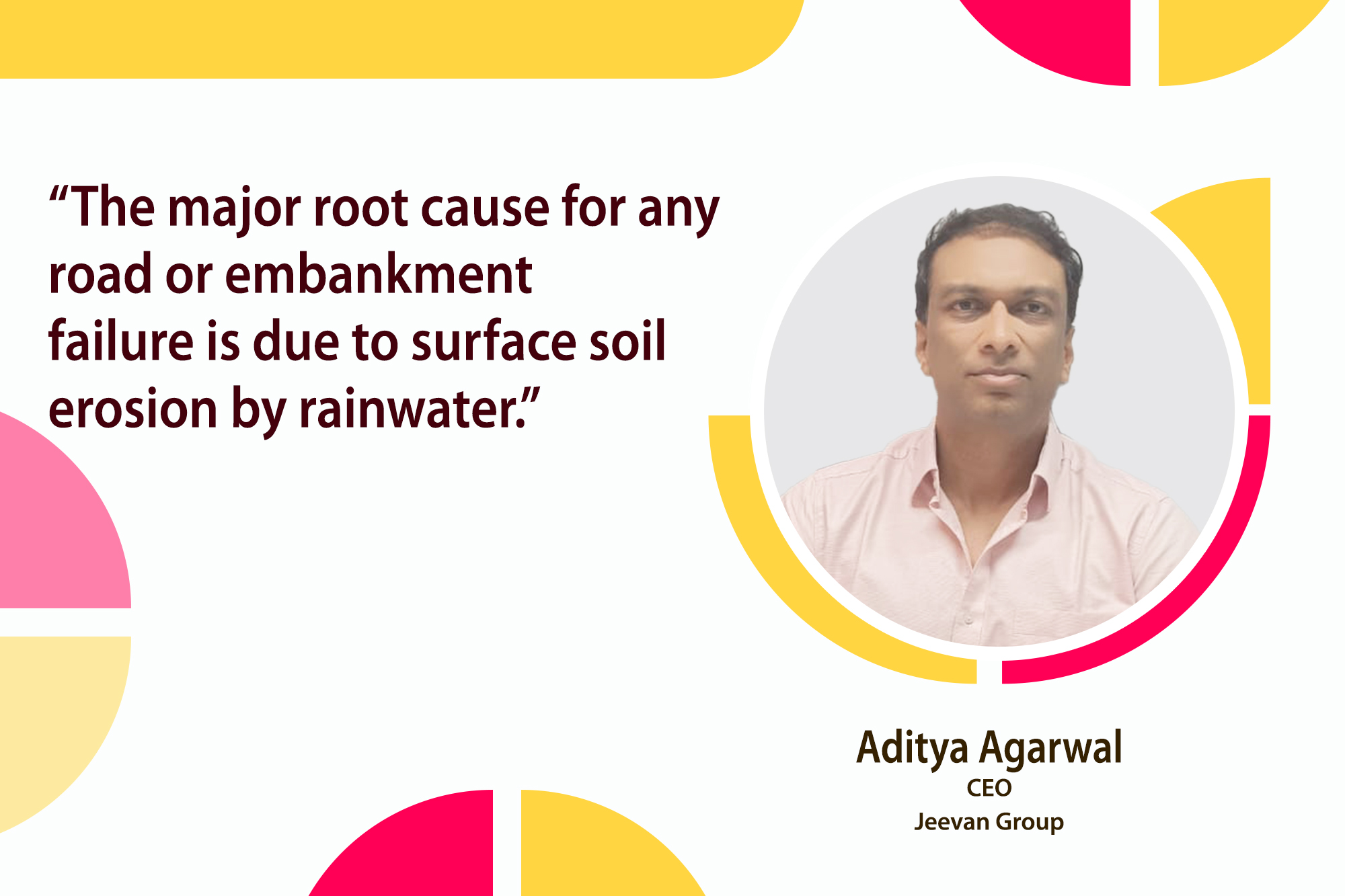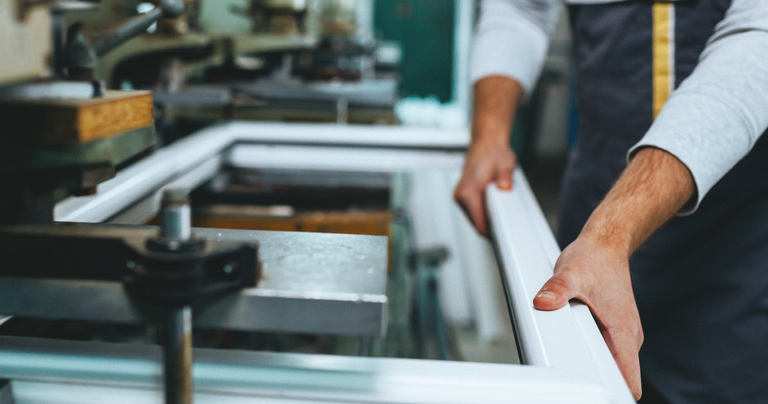Reinforced concrete in high rises: More than just a choice
By Edit Team | July 2, 2015 10:02 am SHARE

Reinforced concrete give assurance of long life to high rise constructions
In the earlier days of constructions, reinforced concrete were usually adopted to give higher tensile strength to the concrete structures. Concrete structures were subject to several problems associated with them. This lead to an experimentation and eventually to the development of reinforced concrete. Though reinforced technology dates back to centuries, it became an approved scientific technology only after 1890. Reinforced concrete is an important technological milestone in construction as it endowed a structure with features that gave it a long life and also protected people living in the structures from external conditions.
Today, reinforced concrete is a popular and widely used form of concrete. Reinforced concrete comprise of two things – one is the steel rods and the other being concrete. Wood is also a part of the reinforced concrete. Reinforced concrete becomes a strong mixture as a result. Steel has a high tensile strength. Reinforced concrete is made by forming the concrete inside a metal or timber framework or by casting the concrete around ridged steel bars. A cast in place concrete body is one of the most durable and economical composite materials.
However, reinforced concrete is not very suitable for earthquake prone regions. Earthquake prone regions have different requirements, and somehow owing to their very nature reinforced concrete don’t meet up with the needs of earthquake prone regions. As the tensile strength of reinforced concrete cannot bend beyond a particular point, it eventually breaks up giving in to the pressures of an earthquake. However, rehabilitation of such damaged structures is done with different set of materials that suits the region.
Reinforced concrete is superior to other forms of concrete
Speaking on the current state of reinforced concrete in the indian construction industry, Anil Banchhor, Chief Executive, ACC Concrete Business, says “For construction of high rise buildings, the framed structures like columns, beams and slabs is suitable to transfer live load and dead load to the foundation. These structures can be made with high strength reinforced concrete.” The foundation of the building is one of the critical structures that bears the entire load of the building which is also constructed using reinforced concrete. Recent technological advancements in concrete such as the development of high performance concrete and self compacting concrete enable easier and faster construction as compared to the use of structural steel. “The use of concrete as a building material also enhances fire safety of the structure, noise reduction between floors and greater wind resistance that lessens the sway of the building due to wind forces,” he adds.
Vertical expansion of building is the trend
Throwing light on several challenges that RCC structures help in meeting, Pradip D Bangaali, CEO and Head Projects, HBS Realtors Pvt Ltd, Mumbai, says, “Mumbai is known for space crunch. Land in the heart of the city is limited and hence there is no option than to go for the vertical expansion. High rise buildings are more than 70 metres in height and are presently extended to a maximum height of 442 metres. Notable constructions in South Mumbai is by Shapoorji Pallonji who have developed 65 floor twin tower of 250 metres height, ready for possession”
Utilising modern RCC technology can give good results
Mr Bangaali says, “Unlike in USA, where high rise structures are made from structural steel and then encased by concrete, in Mumbai most of the developers have preferred R.C.C. structures. They are a preferred choice owing to problems arising out of Mumbai’s proximity to sea water and humid weather.” The structural design has to pass through many clearances like MCGM, high rise committee, Fire NOC, Airport authority, Environment committee etc. Hence the most modern methods of R.C.C. construction are used in high rises. Mechanisation with tower cranes, high rise concrete pumps, ready mix concrete, high speed material hoists are some of the many equipment being used currently. In R.C.C constructions, weightage is given to earthquake resistant design and higher grade of Ready Mixed Concrete ( RMC) like M50, M70, M90. Utilising this gives an extra layer of strength for the shell structure of the high rises. However, this is hard to implement as issues involved in implementing logistics and design have to be tackled. In other words, it has been a challenge for the civil engineering community who have done a great job of fulfilling the dreams of developers and their customers.
RCC structures provide elevation of facade
Several procedures need to be followed in order to make high rise construction a success. Several processes like architectural planning, structural design for earthquake resistance, high rise construction methodology need to be taken into consideration. Special equipment like pumps, transit mixers, tower cranes, boom placers, high speed passenger and materials hoists, ready mixed concrete have to be closely monitored to successfully complete the project. Life of RCC high-rise structures can be considered to be anywhere between 60 to 80 years. The role of HBS realtors in the redevelopment of the old MHADA buildings have resulted in construction of a residential tower of 35 habitable floors and parking lot on a 7 storey podium with a approximate height of 145 metres. “HBS Realtors has opted for RCC structures as it is durable, strong and provides an elegant façade elevation,” Mr Bangaali adds.
Several properties of Reinforced concrete have made it popular
Arun Banavali, Chairman, IIMM and supply chain management consultant and faculty, shares his views on the reinforced concrete. He says, “Reinforced concrete structures has become popular with thinner design, and several properties like capacity to take the required load and mixed design. It provides faster construction, greater strength, and longer life, lowering the overall project costs. This results in safer, environmentally friendly, construction in the case of high rise building projects.”
Use of certain materials give an advantage
Mr Banavali continues, “In mixed designs for superior reinforced concrete, challenges come in concrete transportation, placing, compacting and curing. Reinforced concrete must make use of the right quality of ingredients in the right proportion, with consistent cement composition, and ensure lower water to cement ratio, right bonding of cement paste with that of rebars, in spite of close distances between the rebars especially in the critical joints of column and wall forms. This helps to avoid defects like honey combing, poor bonding etc. Use of pre-tested quality of aggregates, by using newly developed super plasticisers and additives like micro silica, GGBFS (Ground Granulated Blast Furnace Slag), which gives higher strength, and reduces the cost of materials like fly ash etc.”
Opt for good brand
Mr Banavali adds, “Going for precast reinforced concrete, from well established precast yard, has given distinct advantages to high rise construction projects. Proper storage of required ingredients of reinforced concrete, and cast, accompanied by with transportation, placement, ensure a controlled curing as opposed to the shortcomings of cast-in-situ. It is possible to achieve faster construction, as the time in the pre project stage could make use of precast concrete to meet its peak demand during erection at the site, without causing shortage or interruption at work.”
The use of concrete as a building material also enhances fire safety of the structure, noise reduction between floors and greater wind resistance that lessens the sway of the building due to wind forces.
Anil Banchhor, Chief Executive, ACC Concrete Business
Cookie Consent
We use cookies to personalize your experience. By continuing to visit this website you agree to our Terms & Conditions, Privacy Policy and Cookie Policy.




































-20240213125207.png)

























